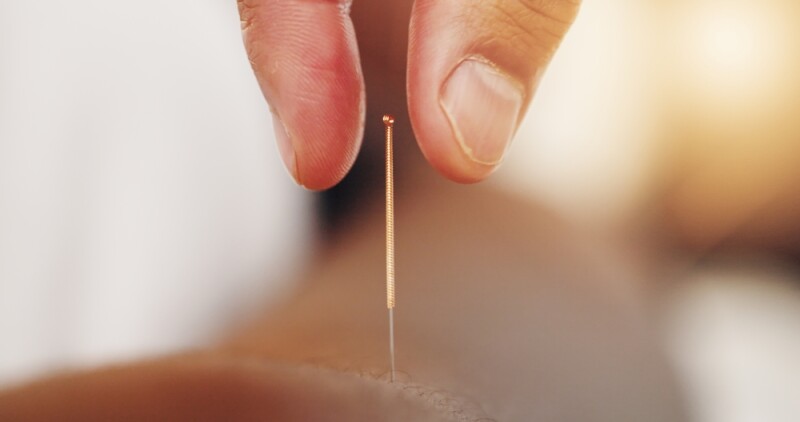Organisms in gut microbiome may play key role in diabetes treatment, study finds
A few organisms in the gut microbiome play a key role in type 2 diabetes, opening the door to possible probiotic treatments for a serious metabolic disease, according to new research by Oregon State University published in the journal Nature Communications.
The human gut microbiome features more than 10 trillion microbial cells from about 1,000 different bacterial species. Dysbiosis, or imbalance, in the microbiome is commonly associated with detrimental effects on a person's health, the researchers said.
For the study, researchers used a data-driven, systems-biology approach called transkingdom network analysis to study host-microbe interactions under a Western diet. That allowed them to investigate whether individual members of the microbiota played a part in metabolic changes the diet induces in a host.
The scientists identified four operational taxonomic units (OTUs), that seemed to affect glucose metabolism. OTUs are a means of categorizing bacteria based on gene sequence similarity. The identified OTUs corresponded to four bacterial species, Lactobacillus johnsonii, Lactobacillus gasseri, Romboutsia ilealis, and Ruminococcus gnavus. The first two microbes are considered potential “improvers” to glucose metabolism, the other two potential “worseners,” the researchers said.
The researchers fed mice the equivalent of a Western diet and then supplemented the rodents' intake with the improver and worsener microbes. The Lactobacilli boosted mitochondrial health in the liver, meaning improvements in how the host metabolizes glucose and lipids, and the mice receiving those Lactobacilli also had a lower fat mass index than those fed only a Western diet.
Checking the mouse results against data from an earlier human study, the scientists found correlations between human body mass index and abundance of the four bacteria—more of the improvers meant a better body mass index (BMI), more of the worseners was connected to a less healthy BMI.
The researchers found R. ilealis to be present in more than 80 percent of obese patients, suggesting the microbe could be a prevalent pathobiont in overweight people. A pathobiont is an organism that normally has a symbiotic relationship with its host but can become disease-causing under certain circumstances. Lactobacillus is a microbial genus that contains hundreds of different bacterial strains. Its representatives are common among probiotics and frequently found in many types of fermented foods and fortified dairy products, such as yogurt.
"Our study reveals potential probiotic strains for treatment of type 2 diabetes and obesity as well as insights into the mechanisms of their action," said Andrey Morgun, MD, PhD, study co-leader and associate professor of pharmaceutical sciences in the OSU College of Pharmacy, in a statement. "That means an opportunity to develop targeted therapies rather than attempting to restore healthy microbiota in general."




















SHARE